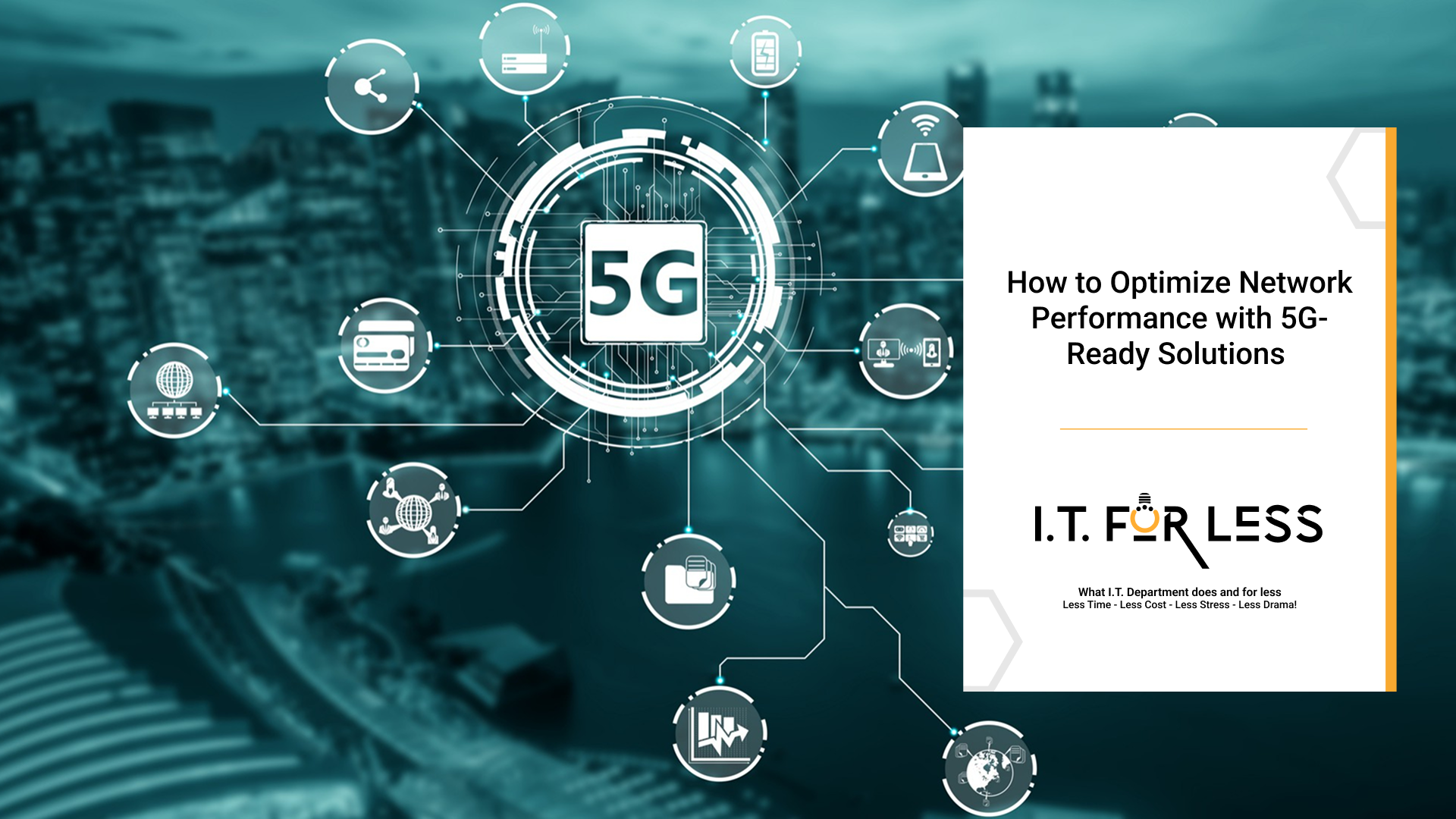As organizations accelerate their digital transformation efforts, the demand for faster, more reliable, and more flexible networks has never been greater. 5G technology is at the center of this shift, offering ultra-low latency, massive bandwidth, and the ability to connect billions of devices simultaneously. But to unlock its full potential, businesses need a 5G-ready network strategy—one that optimizes performance today while preparing for the future.
What Does “5G-Ready” Mean?
A 5G-ready network is designed to integrate seamlessly with 5G infrastructure and technologies as they become available. It ensures that your IT environment can handle higher speeds, denser device connections, and real-time data processing without disruption.
This involves upgrades not only to connectivity but also to your core network architecture, edge computing, and security frameworks.
Key Steps to Optimize Network Performance with 5G
1. Modernize Your Network Infrastructure
Legacy systems weren’t built for 5G’s speed or data volume. Upgrade your network components—routers, switches, and access points—to support high throughput and dynamic bandwidth allocation. Virtualized and software-defined networking (SDN) solutions make your infrastructure more agile and future-proof.
2. Embrace Edge Computing
Pairing 5G with edge computing allows data processing closer to the source, reducing latency and improving performance for applications like IoT, real-time analytics, and automation. This combination delivers instant responses and offloads stress from the cloud.
3. Prioritize Network Security
5G increases the number of connected endpoints, which can expand your attack surface. Strengthen your defenses with:
- Zero-trust security models
- End-to-end encryption
- AI-driven monitoring for anomaly detection
- Regular vulnerability assessments
4. Implement Network Slicing
5G enables network slicing, allowing businesses to create dedicated virtual network segments for specific use cases—such as IoT, video streaming, or mission-critical operations. This ensures optimal performance and reliability for each application.
5. Use AI and Automation for Optimization
AI-powered tools can monitor traffic patterns and automatically adjust network resources based on demand. This helps maintain consistent performance during peak usage and supports predictive maintenance to prevent outages.
6. Partner with 5G-Ready Providers
Work with vendors and service providers who already support 5G standards. A strong ecosystem ensures seamless deployment and compatibility across your infrastructure.
Benefits of a 5G-Optimized Network
- Faster speeds for applications and users
- Reduced latency for real-time decision-making
- Scalable connectivity for IoT and mobile devices
- Improved reliability and uptime
- Future-proof architecture ready for continued innovation
Conclusion
5G isn’t just an upgrade—it’s a foundation for the next era of digital business. By optimizing your network now with 5G-ready solutions, your organization can achieve greater agility, faster data processing, and a competitive edge in performance.
Partner with I.T. For Less today and take the first step toward building a 5G-ready network strategy that keeps your IT flowing as effortlessly as your ambition.
